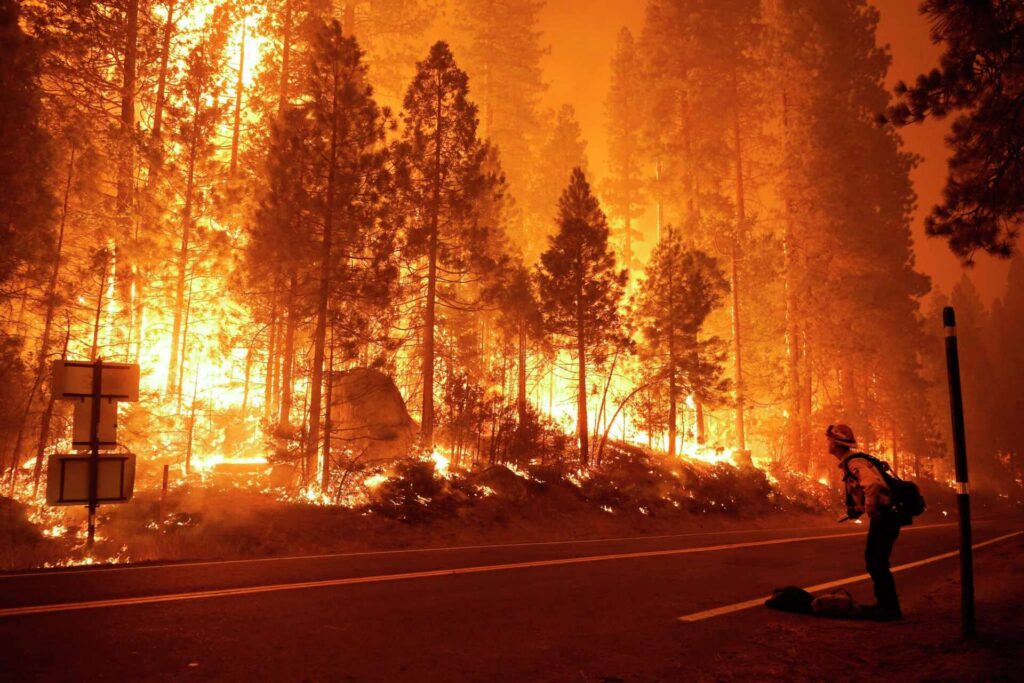

Normally we focus on Eastern Madera County, but we have chosen to publish this letter to the editor from Fresno County District 5 Nathan Magsig. The Creek Fire devastation was not limited to Fresno County, and many here in Eastern Madera county were effected.
Five years ago, on September 4th 2020, the Creek Fire erupted and became one of the largest wildfires in California history. Nearly 400,000 acres burned, entire neighborhoods were lost, and families fled with minutes to spare. The scars of that disaster remain in our mountains and our communities.
Today, on its anniversary, the Garnet Fire burns through the Sierra. More than 30,000 acres have already been consumed, containment is low, and evacuation orders stretch across our foothill communities. The fact that we face another large-scale wildfire on this date underscores one truth: the danger has not gone away, and our work is far from done.
The Creek Fire taught us hard lessons. We saw how overloaded with fuel our forests had become, with millions of dead and dying trees left to ignite like kindling. We saw how quickly fire overwhelms families and infrastructure when proactive management is absent. And we saw how recovery is slowed when families cannot afford insurance or when rebuilding is stalled by bureaucracy.
Five years later, these challenges persist. Our forests remain overcrowded. Insurance markets remain unstable, making it harder for families to protect their homes. And too often, local governments and landowners who want to take action are buried in red tape.
At the same time, we have seen what works. In Shaver Lake, communities that adopted FireWise practices are better prepared today than they were in 2020. Where forests have been thinned, grazed, or treated with prescribed burns, wildfires have been less destructive. And where businesses like Cressman’s are being rebuilt, they stand as symbols of both resilience and the need for long-term solutions. These examples prove that when we empower landowners and local leaders with tools and resources, progress is possible.
The challenge now is scaling these solutions. We need to expand programs like EQIP so that more landowners can participate in managing fuel loads. Federal and state environmental review must be streamlined so urgent thinning and fire prevention projects can move forward without years of delay. Funding eligibility must be extended to smaller landowners, not just the largest. And the insurance market must be reformed so that families and communities who reduce risk are rewarded with affordable coverage, instead of punished with premiums they cannot pay.
None of these changes are radical. They are common-sense steps to prevent disaster, protect families, and safeguard our natural resources. But they require urgency and the will to act.
As someone who stood on the front lines of the Creek Fire, I cannot forget the devastation I witnessed. And as I watch the Garnet Fire unfold on this solemn anniversary, I cannot accept inaction. Each fire we fail to prevent costs us more lives, more livelihoods, and more of the Sierra we all love.








